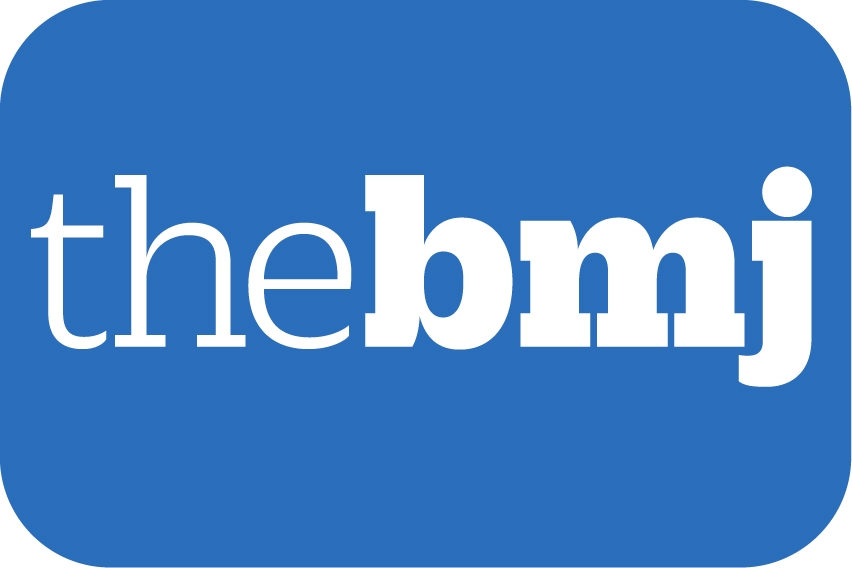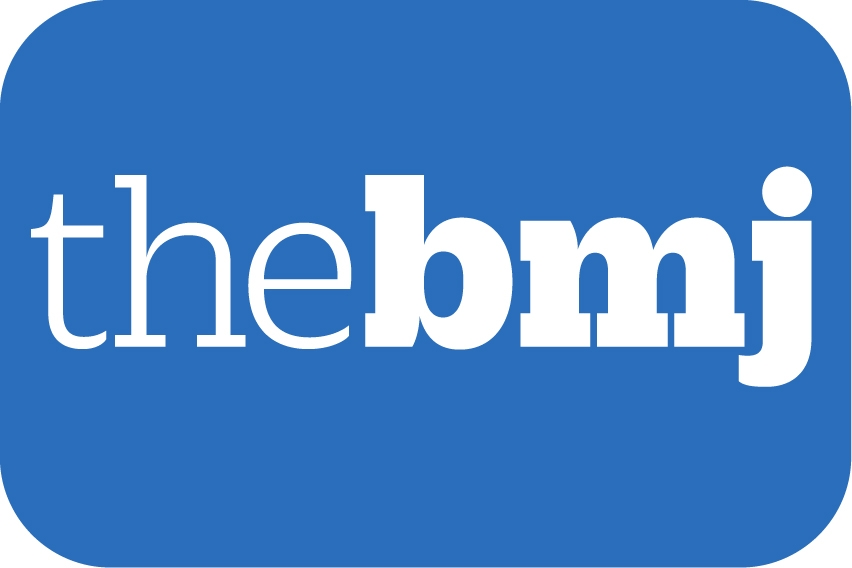内容精选
Content Selection
《英国医学杂志》主编推荐
The BMJ Editor's Choice
-

-
Casualties of war
时间:2016-01-18
发布:Fiona Godlee, Editor in Chief, The BMJ
分享:
The strike by England’s junior doctors—the first in 40 years—is both historic and deeply sad. Doctors have taken this action reluctantly, in protest against proposed changes to their contract that they believe threaten morale, recruitment, and the safety of patients. Although reluctant to strike, junior doctors were nearly unanimous in deciding to do so. They have wide support among senior colleagues, other health professionals, and, as reported earlier this week, the public (doi:10.1136/bmj.i188).
England’s two most senior doctors—the chief medical officer, Sally Davies, and NHS England’s medical director, Bruce Keogh—have spoken out against the strike. This should come as no surprise. Both are public servants with legal and statutory accountabilities. Keogh’s letter just after the decision to strike has created most upset, initially for his choice of words and now because of revelations that the letter was reviewed before sending by the Department of Health (doi:10.1136/bmj.i130).
Margaret McCartney sympathises with these concerns (doi:10.1136/bmj.i141). She says that we need to be assured that Keogh’s views were arrived at entirely independently. Nigel Hawkes disagrees (doi:10.1136/bmj.i181). When governments face acute difficulties, it’s their job to make sure that all the spokespeople they can influence are speaking with the same voice, he says. “All’s fair in love and war, and this is war,” Hawkes concludes.
Paradoxically, the very thing the government wants to achieve, a seven day service, has become the first casualty. Work was well under way by 2013 to understand the problem at weekends, gather new evidence of its scale, define the main areas most in need, and build a professional consensus around clinical standards for assessing the care provided at weekends. Led by Keogh, the process was begun and driven by clinicians. Patients were closely involved. By the time of the general election in May last year the standards were about to be rolled out, focusing initially on urgent and emergency care. The relevant royal colleges were fully on board.
As I describe in a Feature article (doi:10.1136/bmj.i187), it has taken the government only six months to derail this carefully constructed consensus. With no money to fund its unrealistic and often changing definition of seven day services, it now needs scapegoats and fall guys. Junior doctors are one vulnerable group. If nurses were next, this would lead to flight rather than fight, their new leader says (doi:10.1136/bmj.h6796). To avoid piecemeal attrition, the professions must stand together.
We should also support Keogh rather than allowing the government to drive a wedge between him and the rest of the profession. Over many years in different roles he has shown courage, integrity, and commitment to patients, doctors, and the NHS. His departure would be an individual injustice and a collective loss.
There are other potential casualties of this war. The biggest may be the NHS itself. By picking a fight with doctors, the government has created a damaging and unnecessary distraction from the real challenges that the NHS faces. Norman Lamb has called for a commission to openly debate and decide the future of the NHS (doi:10.1136/bmj.i127). I support his call.
BMJ 2016; 352 doi: http://dx.doi.org/10.1136/bmj.i203 (Published 14 January 2016)
Cite this as: BMJ 2016;352:i203 -

-
Sugar tax and screening: listen to the evidence
时间:2016-01-11
发布:Fiona Godlee, Editor in Chief, The BMJ
分享:
“Sugar, rum, and tobacco are commodities which are nowhere necessaries of life, which are become objects of almost universal consumption, and which are therefore extremely proper subjects of taxation.” So wrote Adam Smith in his 1776 Inquiry into the Nature and Causes of the Wealth of Nations. So what will today’s UK government decide? Will its obesity strategy, due to be published later this month, include a sugar tax? Last year the prime minister, David Cameron, ruled this out. It would be nice to think that the latest, much anticipated evidence from Mexico, published this week in The BMJ, might lead him to reconsider.
Mexico imposed a tax on sugar sweetened drinks in 2014 as part of a wide ranging strategy to combat obesity. In the first evaluation of the early effects, M A Colchero and colleagues report a higher than expected drop in consumption of sugary drinks after the tax was introduced, while consumption of untaxed drinks, mainly bottled water, rose (doi:10.1136/bmj.h6704). The changes were greatest in poorer households, and they accelerated over time.
In his commentary on the research, Franco Sassi, head of the public health programme at the Organisation for Economic Co-operation and Development, says that these results are not surprising but are of the greatest importance to governments around the world (doi:10.1136/bmj.h6904). Taxes should, of course, be part of a broader anti-obesity strategy, alongside regulation and health education. Taxes work, Sassi says, largely because they send a strong signal to consumers and manufacturers that a government is serious about tackling the harms of unhealthy diets. I just hope David Cameron’s advisers are listening.
Elsewhere this week comes a clarion call for more honest communication of the benefits of screening for cancer. Most studies report only cancer specific mortality, allowing researchers and policy makers to claim that screening “saves lives.” Vinay Prasad and colleagues (doi:10.1136/bmj.h6080) remind us that disease specific mortality won’t show deaths resulting from the screening procedures themselves or from subsequent tests and treatments. For this we need all cause mortality. In a linked editorial Gerd Gigerenzer adds a further request to researchers, to report overall cancer mortality (doi:10.1136/bmj.h6967). For complete clarity, he recommends “fact boxes” displaying all three measures.
To know whether screening really saves lives we would need trials far larger than any that have yet been done. Our commentators aren’t all convinced that these would be worth the cost. But they and I agree that failing to report the full picture misleads the public, for which there is no excuse. “The harms of screening are certain, but the benefits in overall mortality are not,” Prasad and colleagues conclude.
BMJ 2016; 352 doi: http://dx.doi.org/10.1136/bmj.i33 (Published 07 January 2016)
Cite this as: BMJ 2016;352:i33 -

-
The BMJ's Christmas gogglebox
时间:2015-12-28
发布:Alison Tonks, Associate Editor, Navjoyt Ladher, Clinical Editor, The BMJ
分享:
Tune in to Channel BMJ this Christmas and throw away your remote control—we’ve got a strong line-up of festive programming for you.
We start with the cover of our print issue, packed with medical superheroes and supervillains. Casting the cover photo from GP John Burscough’s cabinet of over 300 toys, models, and action figures of doctors was tricky thanks to overwhelming choice (doi:10.1136/bmj.h6890). Viewers of The X-Files, Star Trek, and The Octonauts should spot some familiar faces. Fans of The Doctor will be disappointed—he’s better known for his work as a time lord than a clinician, so we left all the Doctor Who action figures on the shelf.
Our festive Top of the Pops is a Bob Dylan special. Dylan continues to shape the scientific landscape with unforgettable titles such as “Like a rolling histone” and “Dietary nitrate—a slow train coming” (doi:10.1136/bmj.h6505). Carl Gornitzki and colleagues even name and shame The BMJ, after a rare lapse of good taste in 1975 led to “Blowing in the wind,” the title of an editorial on hang gliding.
There’s an entertaining selection of Christmas films this year, starting with From Russia With Love (doi:10.1136/bmj.h6141), Austin Powers (doi:10.1136/bmj.h6543), the bloodcurdling Insidious (doi:10.1136/bmj.h6367), and a montage of zombie movies (doi:10.1136/bmj.h6423). Choose a feelgood Christmas movie to light up your brain in all the right places. Anders Hougaard and colleagues find evidence of the Christmas spirit in functional MRI scans, but perhaps more importantly introduce us all to the twin concepts of “blobology” and “neuro-bollocks” (doi:10.1136/bmj.h6266).
Whatever you’re watching, entertain the kids with a game of spot the moustache using our panel of facial hairstyles from Mackenzie Wehner and colleagues’ study of gender inequality at the top of US academic institutions (doi:10.1136/bmj.h6311). We might have guessed that moustaches would be more numerous than women among academic leaders, but who knew we would be outgunned by such a wide variety of options including The Zappa, Super Mario, and the Chin Curtain?
Fans of game shows will enjoy our quiz pages, where a game of conflict of interest bingo (doi:10.1136/bmj.h6577) and a test of your pharmiscuity (doi:10.1136/bmj.h6353) should help fill those quiet moments stirring the gravy. If you prefer the Great British Bake Off, try making this gorgeous pink creation, designed by Lucinda Whitton—it’s shaped like a vital body part (doi:10.1136/bmj.h6310). Full instructions provided, with pictures.
For a different kind of food for thought, read about the complex healthcare needs of refugees (doi:10.1136/bmj.h6731), Richard Lehman’s take on The Laws of Medicine by Siddhartha Mukherjee (doi:10.1136/bmj.h6708), and the ethical challenges that arise from allowing relatives to veto organ harvesting from registered donors (doi:10.1136/bmj.h6783).
Finally, do spare a moment of reflection for this year’s charity, Doctors of the World, and support them with your usual generosity (doi:10.1136/bmj.h6841).
BMJ 2015; 351 doi: http://dx.doi.org/10.1136/bmj.h6838 (Published 18 December 2015)
Cite this as: BMJ 2015;351:h6838




 京公网安备 11010502034496号
京公网安备 11010502034496号